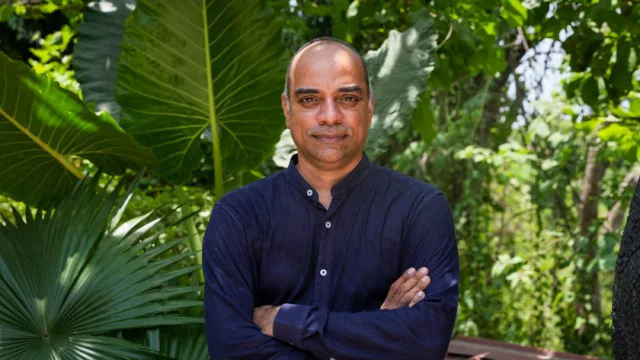The induced demand for land, fuelled by a steep uptick in Goa’s tourism sector, is obscuring the real essence of the state, said Fernando Velho, at the recently held MOG Sundays talk at the Museum of Goa, Pilerne.
Velho stated that over the last 30 years, the demand for second homes in the state has increased exponentially. “This rapidly growing market has resulted in a dramatic change in the architecture produced in the state. Instead of staying true to the unique architectural style of Goan shores, there are buildings with generic global architecture sold as a slice of Goa,” he said.
According to Velho, as tourism is Goa’s ‘new oil’ and this industry has played a role in the way the topography and geography of Goa have been altered over time, the unfettered acquisition of land in Goa has resulted in the “consumption of the state as a commodity”.
“The beauty of Goa is that villages and towns, though in proximity to each other and governed contiguously, have their own identities. However, this model of polycentric urbanism that urban planners across the world prize is being lost due to the induced demand for land, as villages are being forcibly merged into each other to cope with this demand,” said Velho.
Velho is an award-winning Goa-based architect and founder of Studio Woodpecker, a multidisciplinary studio dedicated to architecture, furniture design, heritage conservation and research. His project, ‘Archifest Zero-Waste Pavilion’, was awarded the Design and Excellence Award by the Singapore Institute of Architects. He is also a visiting professor of Urban Design at the Goa College of Architecture.
Velho made these remarks during his talk titled ‘Goa: Urbanization in the Era of Mass Consumption’, where he highlighted the role played by the tourism industry in the way territory in Goa is being utilised for land sales, second homes and entertainment purposes, and how this artificially-created demand is affecting civil society.
“Post 1991, there was a great demand for land in Goa. Tourism mass consumption combined with real estate is being fostered for the people occupying the higher social classes, to assert social dominance, creating a social divide,” stated Velho.
With around 62 per cent of the state urbanised, which is the highest in India, Velho concluded that decentralisation of power to a form of municipal governance is the way forward, with a bottom-up approach that enables civil society to have a say in the distribution of land in the state.






